Peng Xi
FEDI: Few-shot learning based on Earth Mover's Distance algorithm combined with deep residual network to identify diabetic retinopathy
Aug 22, 2021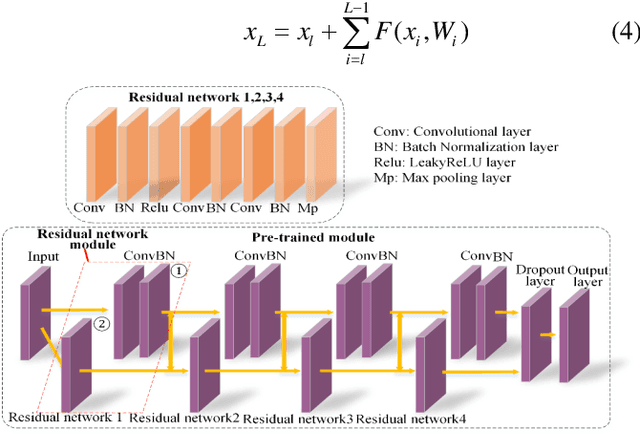

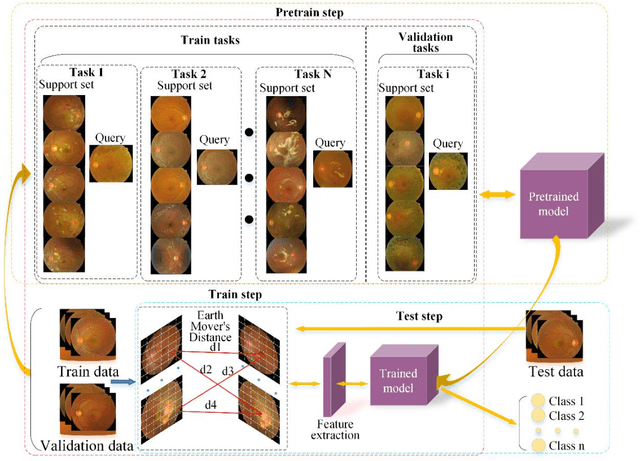
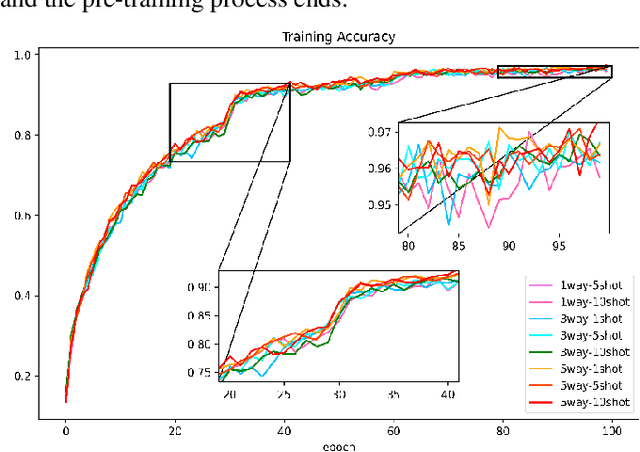
Abstract:Diabetic retinopathy(DR) is the main cause of blindness in diabetic patients. However, DR can easily delay the occurrence of blindness through the diagnosis of the fundus. In view of the reality, it is difficult to collect a large amount of diabetic retina data in clinical practice. This paper proposes a few-shot learning model of a deep residual network based on Earth Mover's Distance algorithm to assist in diagnosing DR. We build training and validation classification tasks for few-shot learning based on 39 categories of 1000 sample data, train deep residual networks, and obtain experience maximization pre-training models. Based on the weights of the pre-trained model, the Earth Mover's Distance algorithm calculates the distance between the images, obtains the similarity between the images, and changes the model's parameters to improve the accuracy of the training model. Finally, the experimental construction of the small sample classification task of the test set to optimize the model further, and finally, an accuracy of 93.5667% on the 3way10shot task of the diabetic retina test set. For the experimental code and results, please refer to: https://github.com/panliangrui/few-shot-learning-funds.
Structured illumination microscopy image reconstruction algorithm
Feb 19, 2016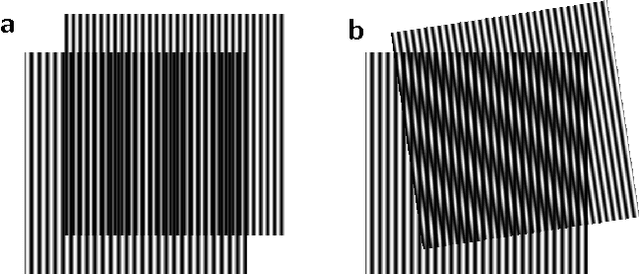
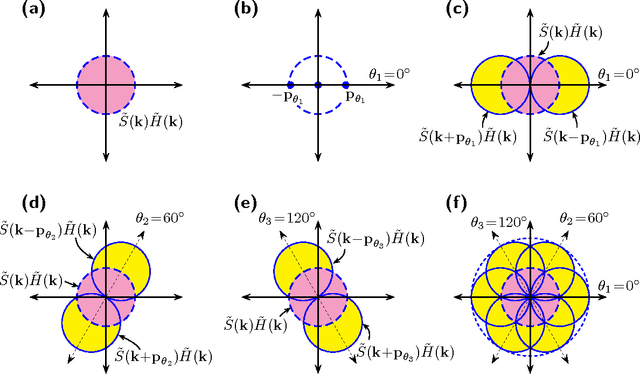
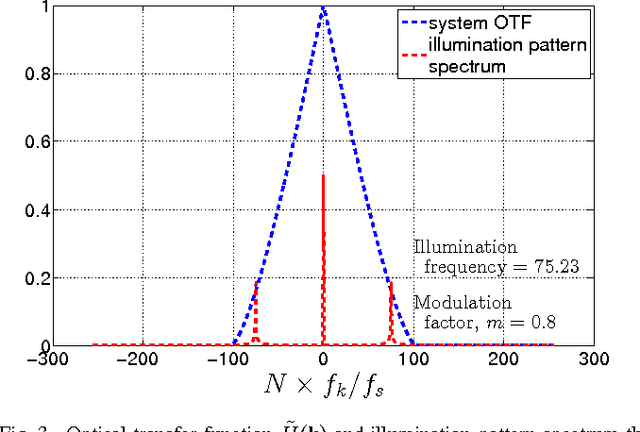
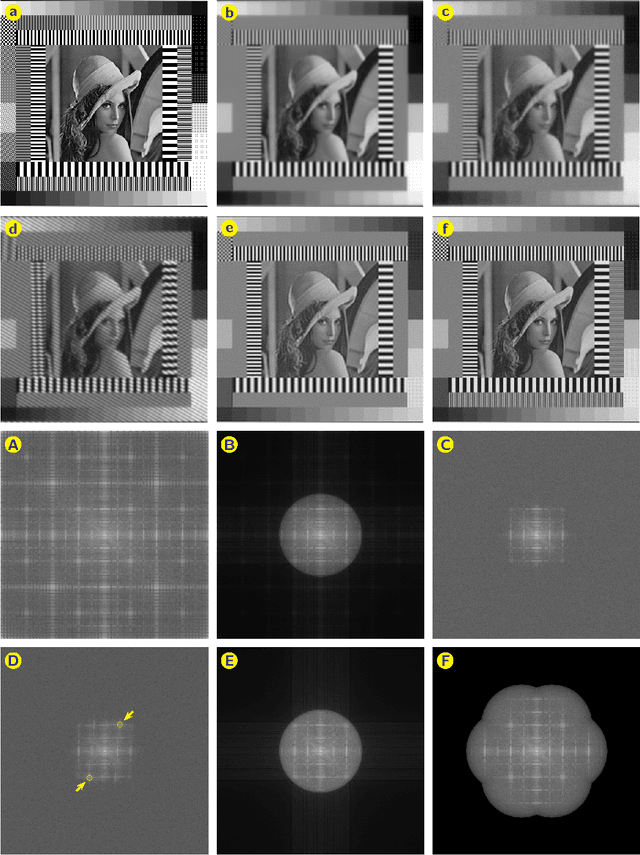
Abstract:Structured illumination microscopy (SIM) is a very important super-resolution microscopy technique, which provides high speed super-resolution with about two-fold spatial resolution enhancement. Several attempts aimed at improving the performance of SIM reconstruction algorithm have been reported. However, most of these highlight only one specific aspect of the SIM reconstruction -- such as the determination of the illumination pattern phase shift accurately -- whereas other key elements -- such as determination of modulation factor, estimation of object power spectrum, Wiener filtering frequency components with inclusion of object power spectrum information, translocating and the merging of the overlapping frequency components -- are usually glossed over superficially. In addition, most of the work reported lie scattered throughout the literature and a comprehensive review of the theoretical background is found lacking. The purpose of the present work is two-fold: 1) to collect the essential theoretical details of SIM algorithm at one place, thereby making them readily accessible to readers for the first time; and 2) to provide an open source SIM reconstruction code (named OpenSIM), which enables users to interactively vary the code parameters and study it's effect on reconstructed SIM image.
 Add to Chrome
Add to Chrome Add to Firefox
Add to Firefox Add to Edge
Add to Edge